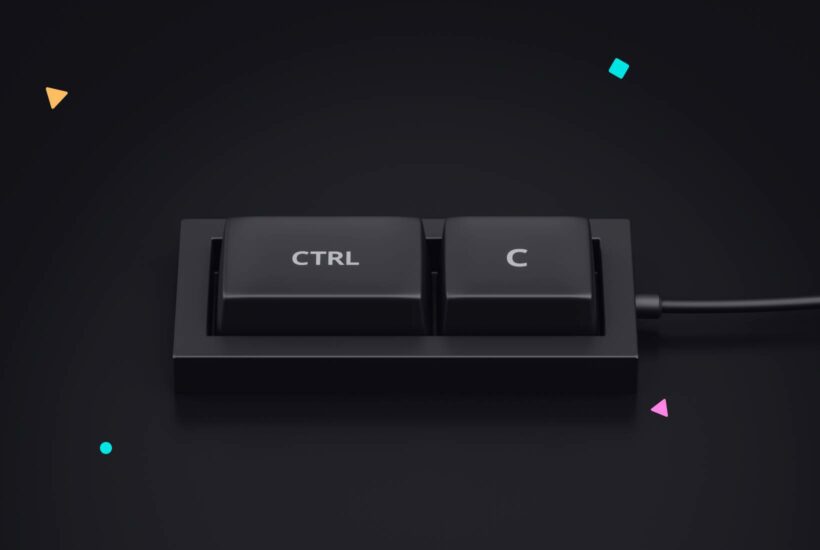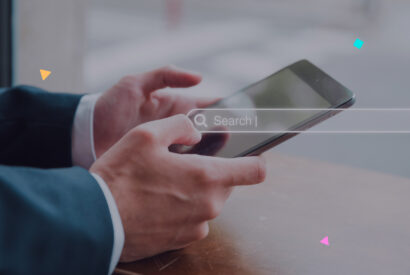What to do if content is plagiarized on the Internet: Step by Step Guide

The plagiarism on the internet is a phenomenon that has gained relevance in the digital age, impacting both individual creators and organizations. When faced with this issue, people have various options at their disposal. They can choose to ignore the situation if they consider the impact on their work or reputation to be minimal, or take more concrete actions if they believe the damage is significant or could be in the future.
If the choice is to take action, strategies range from friendly contact with the person or entity who committed the plagiarism, requesting the removal of the content, to more formal procedures such as filing a removal request under specific laws such as the DMCA (Digital Millennium Copyright Act).
This article will address both routes, offering a complete guide on how to protect your online content. Here we will explore the available options, including both informal resolution methods and legal procedures you may need to follow to secure your rights.
Tabla de contenidos
Step 1: Evidence Collection
Before taking any action, it is crucial to gather all the evidence that indicates that plagiarism has occurred. This can include:
- Screenshots: Of the website or platform where the plagiarized content is found.
- Publication Dates: Document when you published your original content and when the plagiarized content was published.
Step 2: Initial Contact with the Offender
Once you have gathered all the evidence, the next step is to contact the offender to request the removal of the content. You can do this through:
- Formal Email: Send an email asking them to remove the plagiarized content immediately.
- Direct Messages: If it is a social network, you can try to solve the problem by sending a direct message to the offending user.
Step 3: Contact the Hosting Provider or the Platform
If you do not receive a response or the offender refuses to cooperate, you can go to higher instances:
- Hosting Providers: Many of them have policies against hosting plagiarized content and could take action.
- Social Media Platforms: Sites like Facebook, Twitter, and Instagram have mechanisms to report infringing content.
Step 4: Legal Actions
If the content is not removed after initial attempts, you may need to consider taking legal action.
- Legal Advice: Consult with an intellectual property lawyer to evaluate your options.
- Report to the Authorities: Depending on your country, you might need to file a formal complaint with the competent authorities.
Step 5: Monitoring and Prevention
Once the incident is resolved, it is important to continue monitoring the web for future cases of plagiarism. Use specific tools and plugins that alert you when your content appears on another site.
Should the Domain Be in Your Name?
Having the domain of your website in your name can facilitate the reporting process and offer an additional layer of legitimacy, although it is not strictly necessary to exercise your copyright rights.
I Have Heard Something About “DMCA”
The DMCA is a US law aimed at addressing copyright issues in the digital age. Although it is a US law, many websites and online platforms around the world adopt it as a standard to handle intellectual property matters.
If someone has copied your content, you can send a “DMCA removal request” to the website hosting the plagiarized material or the web hosting service used by the site. Generally, the service will assess your request and, if deemed valid, will remove the content in question.
It is important to note that making a false DMCA claim can result in legal consequences, so make sure you truly have the rights to the content you are protecting.
Steps to Submit a DMCA Removal Request
Step 1: Identify the Infringing Content
First, make sure you have all the URLs or exact locations where the content you believe infringes your copyright is located.
Step 2: Draft the Request
The DMCA removal request must be specific and contain the following elements:
- A physical or electronic signature of the content owner or someone authorized to act on their behalf.
- Identification of the copyrighted work that you claim has been infringed.
- Identification of the material that is claimed to be infringing copyright, and that should be removed.
- Contact information, such as address, phone number, and email address.
- A statement that you believe in good faith that the use of the material is not authorized by the copyright holder.
- A statement that the information in the notification is accurate and, under penalty of perjury, that you are authorized to act on behalf of the copyright owner.
The English source here: https://www.copyright.gov/dmca-directory/
Step 3: Submit the Request
Send this request to the Copyright Agent of the website or the hosting service provider. You should be able to find their contact details in the site’s “Contact” or “Legal” section, or by looking up the website’s DMCA agent in the U.S. Copyright Office’s directory.
Remember, it’s important to respect the rights of others while protecting your own, and to use legal mechanisms responsibly.


